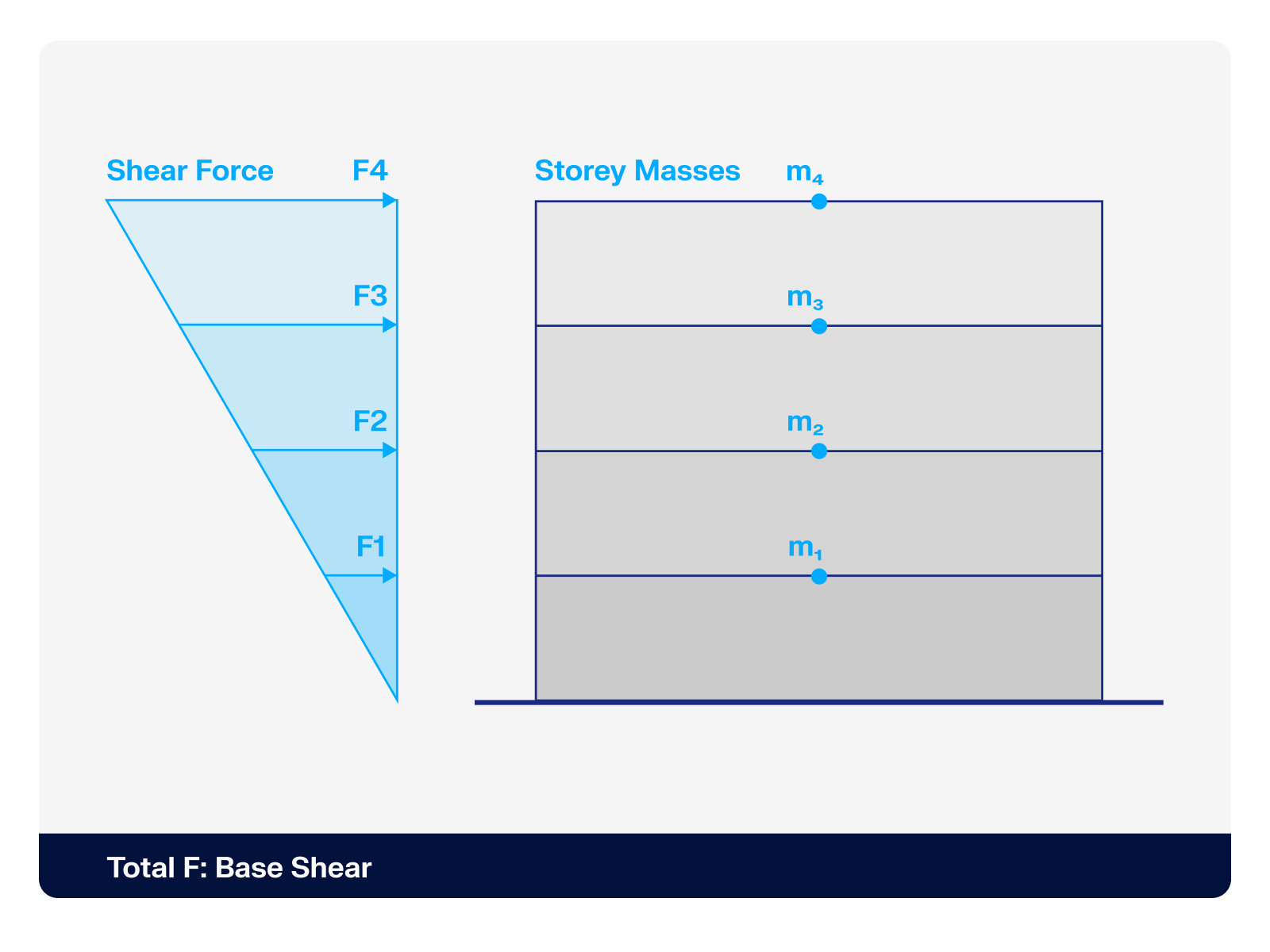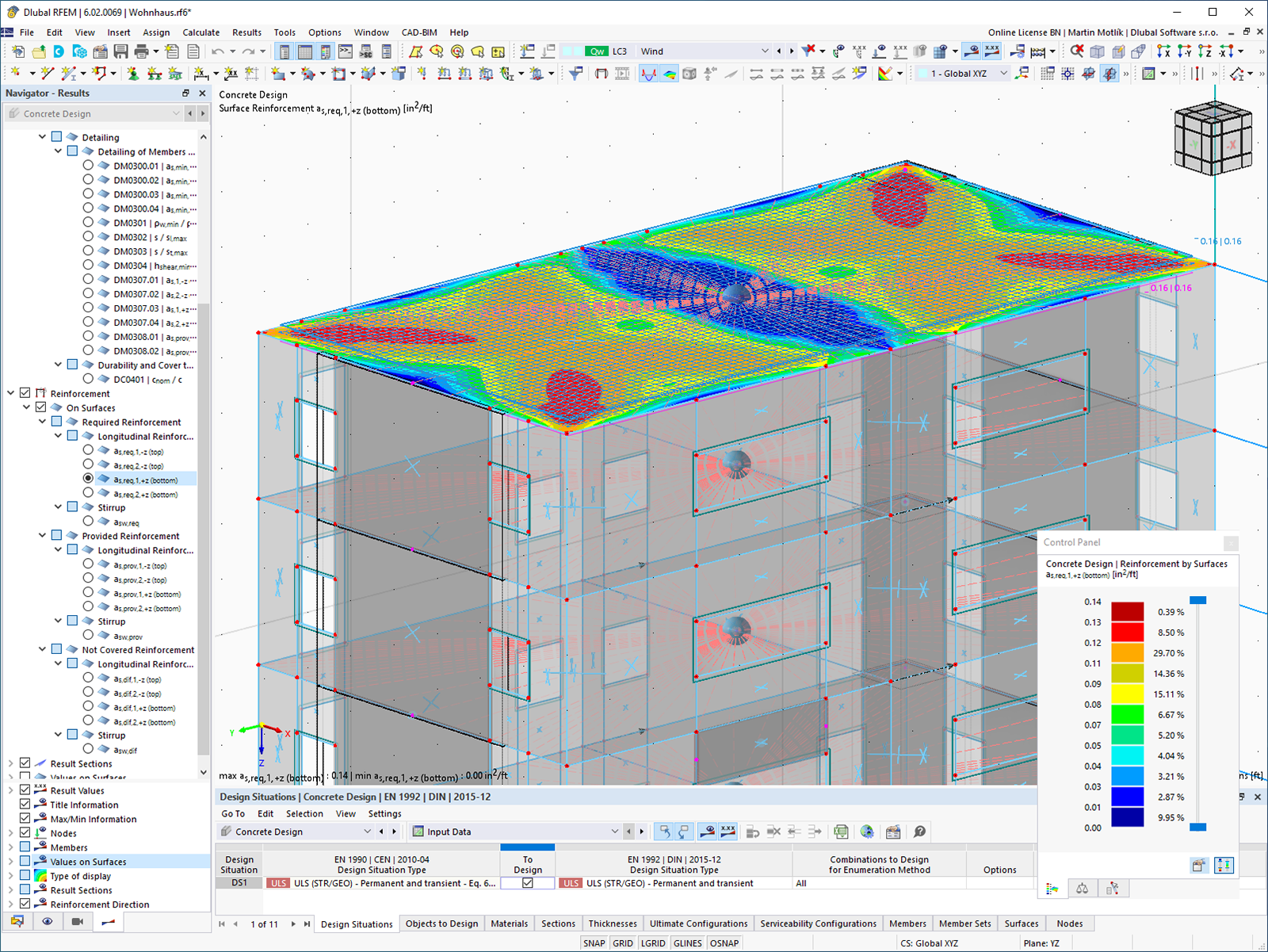Wind tunnel testing provides valuable experimental data (Figure 1) that accurately represents the aerodynamic forces acting on a structure. This data is crucial for:
- Validating and Calibrating Simulations: Ensuring that numerical models in RFEM or RWIND closely match real-world conditions.
- Enhancing Design Accuracy: Providing detailed insights into wind pressures and forces, leading to more accurate and efficient structural designs.
- Safety Assurance: Helping engineers identify potential vulnerabilities and design safer structures.
Importance of Validation Example
Validation is a key step in any simulation process. It ensures that the model accurately represents real-world conditions. By comparing simulation results with experimental data, engineers can identify discrepancies and refine their models, leading to more accurate predictions.
Step-by-Step Implementation in RFEM
1. Collect and Prepare Wind Tunnel Data
- Experimental Setup
Conduct wind tunnel test to measure wind pressures, forces, and flow patterns on a scaled model of the structure. In this example, we used wind pressure value of experimental data for probe points.
- Format the Data
Organize the data into a structured format, typically CSV or Excel, including wind pressure values.
2. Set Up Experimental Model in RFEM
- Create a New Project:
Open RFEM and create a new project, then build the geometry of the experimental model (Figure 2).
- Define a load case for experimental data and activate options of experimental wind data (Figure 3), then introduce points probe coordination by using additional surface result points (Figure 4).
- Define Simulation Parameters: Set up the domain size, boundary conditions, mesh density (Figure 5), wind profile and turbulence intensity (Figure 6).
3. Results
After finishing the simulation, you can see the contour of wind pressure which obtained by CFD simulation in RWIND. Also, it can be calculated for each point probe (Figure 7). Furthermore, it is possible to use both experimental and numerical wind pressure values for structural analysis and design.
Conclusion
Integrating validating wind tunnel data into RFEM is an important step in achieving accurate and reliable wind flow predictions. By following a systematic approach to prepare, import, and compare experimental data with simulation results, engineers can refine their models and ensure that their designs are both efficient and safe. This process not only enhances the credibility of RFEM but also contributes to the overall advancement of structural engineering practices.










































.png?mw=512&hash=4a84cbc5b1eacf1afb4217e8e43c5cb50ed8d827)

















-querkraft-hertha-hurnaus.jpg?mw=350&hash=3306957537863c7a7dc17160e2ced5806b35a7fb)























